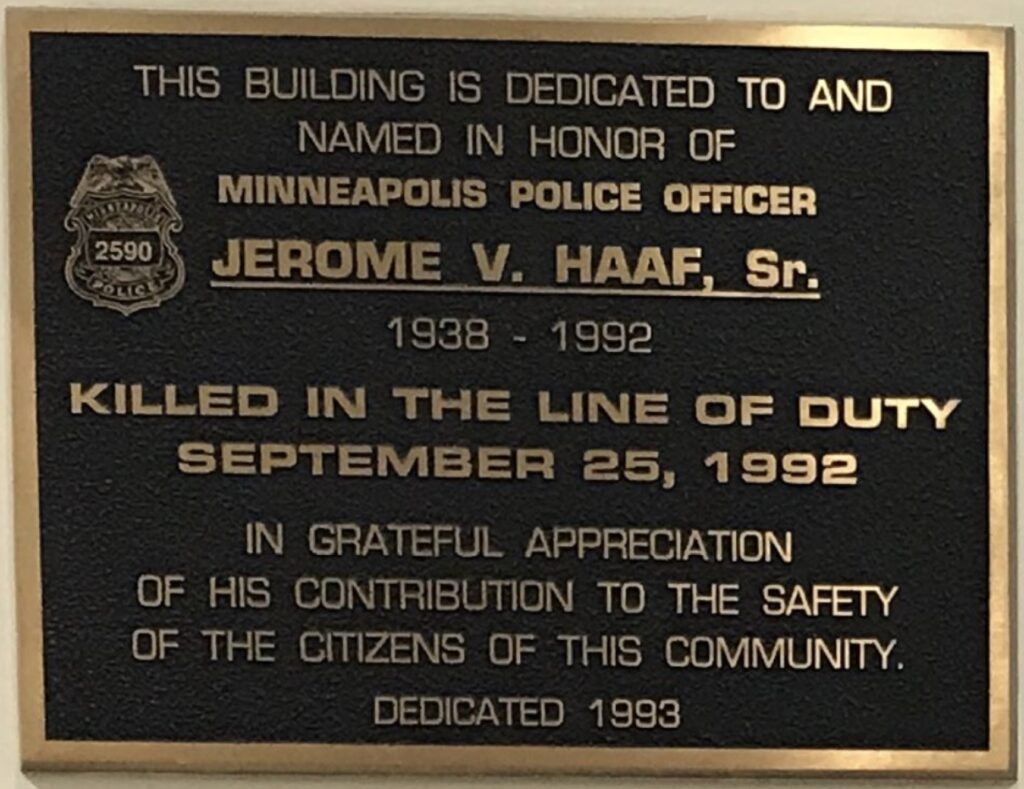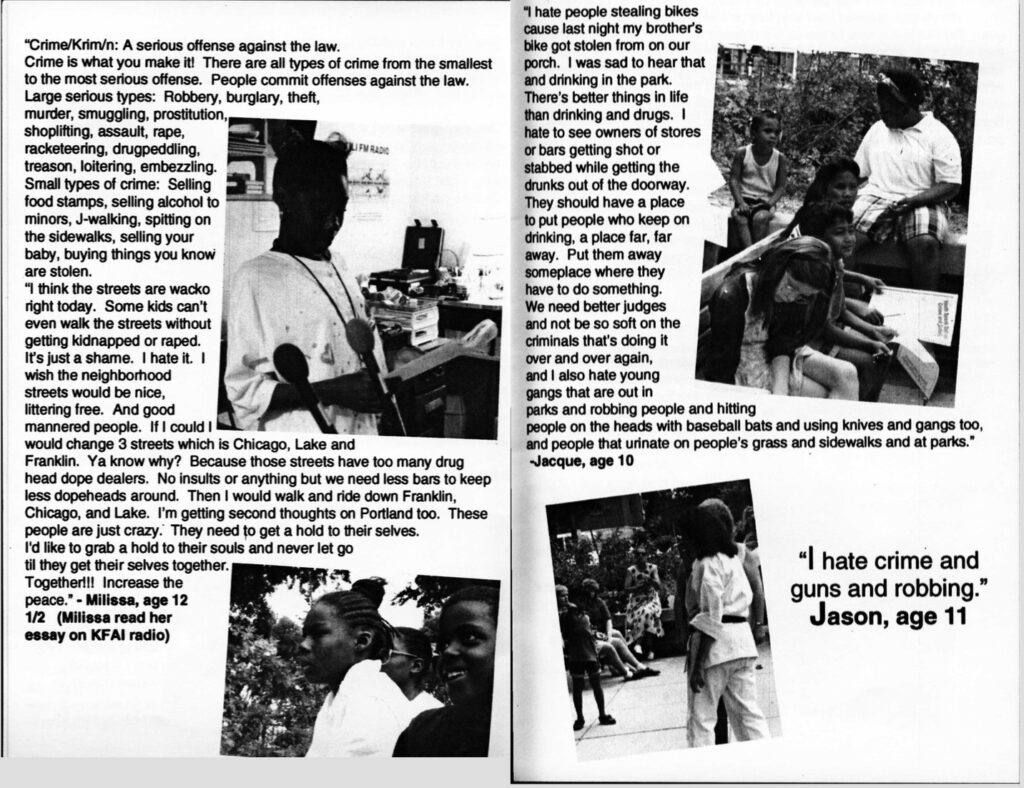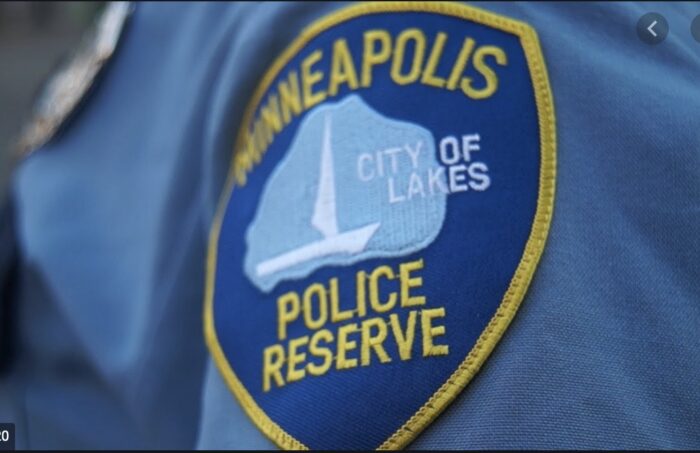The Bertillon System was invented by French criminologist Alphonse Bertillon in 1879. It was a technique for describing individuals on the basis of a catalogue of physical measurements including standing height, sitting height (length of trunk and head), distance between fingertips with arms outstretched, amongst other characteristics.
For thirty years, the Bertillon System was generally accepted as the leading method of criminal identification. With the advent of fingerprinting, use of the Bertillon System eventually began to decline.
In 1915, the Minneapolis Police Department used a combination of the Bertillon System and fingerprinting to record the characteristics of individuals who had committed crimes and then used these records to help solve crimes.

On the fifth floor of the Courthouse Building, the Minneapolis Police Department had a Bertillon Room which was managed by Sergeant Irvin P. Jones. In this room, the Minneapolis Police Department had the records of nearly all of the major criminals in the country and also those of lesser criminals who were active in the Twin Cities and throughout the Great Northwest.

The Bertillon Room was filled with cameras, fingerprinting equipment, scales, and other measuring instruments that were used in the identification process. All information was recorded on notecards which were then stored in filing cabinets according to the type of crime committed. There was a cabinet for forgery, for robbery, for murder, for larceny, and so on.

In 1915, the Minneapolis Police Department was said to have one of the most complete Bertillon departments in the country.
Top photograph of Sergeant Irvin P. Jones taking a mug shot
All photographs courtesy of Hennepin County Library
Information from the Minneapolis StarTribune of May 9, 1915

























